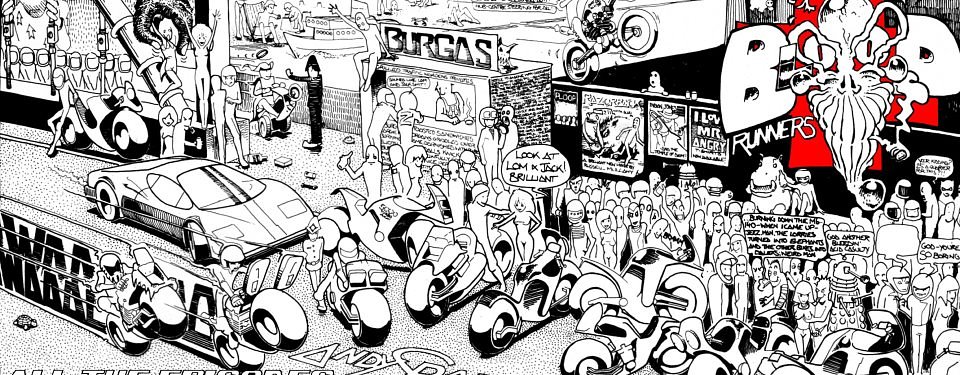At one inauspicious time during the late 1980s, some unlucky Suzuki GSX-R rider suffered a crash. Such things were far from uncommon in the days before anti-lock brakes and traction control and the plastic-swathed superbikes were often written off completely, becoming the property of insurance company adjusters. But not all of them were so readily discarded…
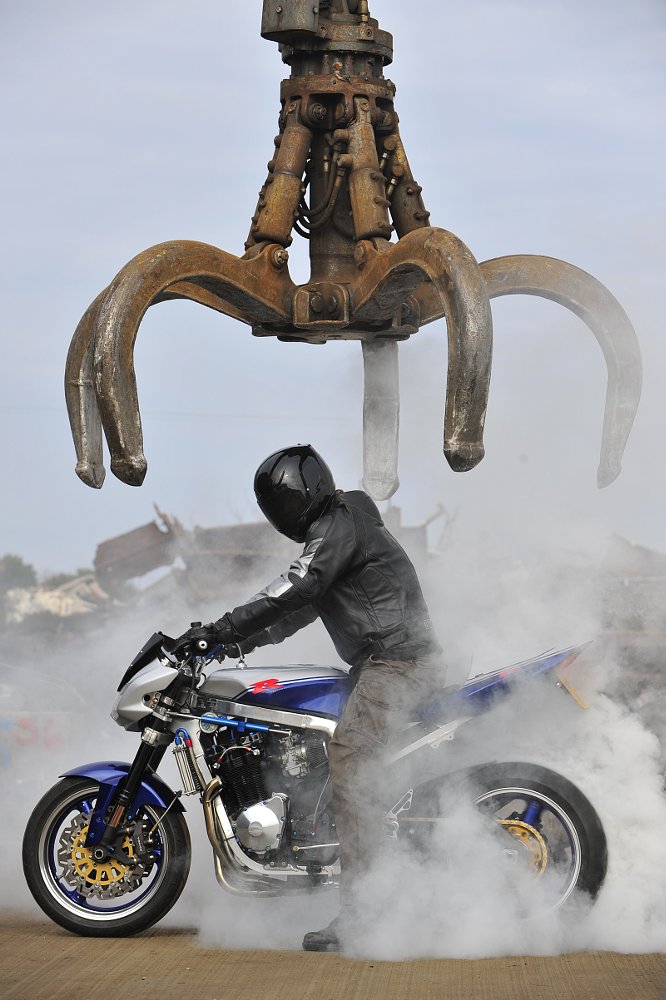
These brash, high-performance specials have been big news on the European Continent and throughout the UK for over 30 years, emerging, quite literally, from the ashes of the sport bike boom that preceded it.
Born of sheer necessity and shadetree engineering, streetfighters were the result of blokes who had crashed their plastic-covered sport bikes, only to find that these seemingly indestructible machines were still somehow rideable. Their stout, aluminum perimeter frames seldom bent or cracked during even the highest speed crashes, which meant that Yamaha FZR or Honda Fireblade could be reborn as something far more unique and personalized.
Off came the neck-straining low, clip-ons, replaced by taller motocross handlebars that added the perfect leverage for pulling monster wheelies. With the fully enclosed fairings and fragile bodywork gone, the engines and exposed mechanicals suddenly became canvases for illustrating technical acumen and eye-grabbing detail.
The sky is literally the limit where customization is concerned with ‘fighter builders, some of whom adopted complex, otherworldly paint schemes, bizarrely stretched tail sections, and superchargers and turbo systems, all the better for pulling tire-shredding burnouts, you see. Chatting with streetfighter builders reveals a disdain for the sport bikes that provided their impetus. It's reminiscent of the views shared by chopper builders back in the psychedelic 1960s, where the prevailing thought was, "Stock bikes are garbage, but we need them to do our freaky thing." Where sport bikes were race-proven icons of corporate pride and vertically integrated marketing schemes, streetfighters flipped that anodyne script, transforming these technological marvels into the ultimate bar-hoppers and backroads blasters, imbued with all the individuality and silliness that sport bikes lacked.
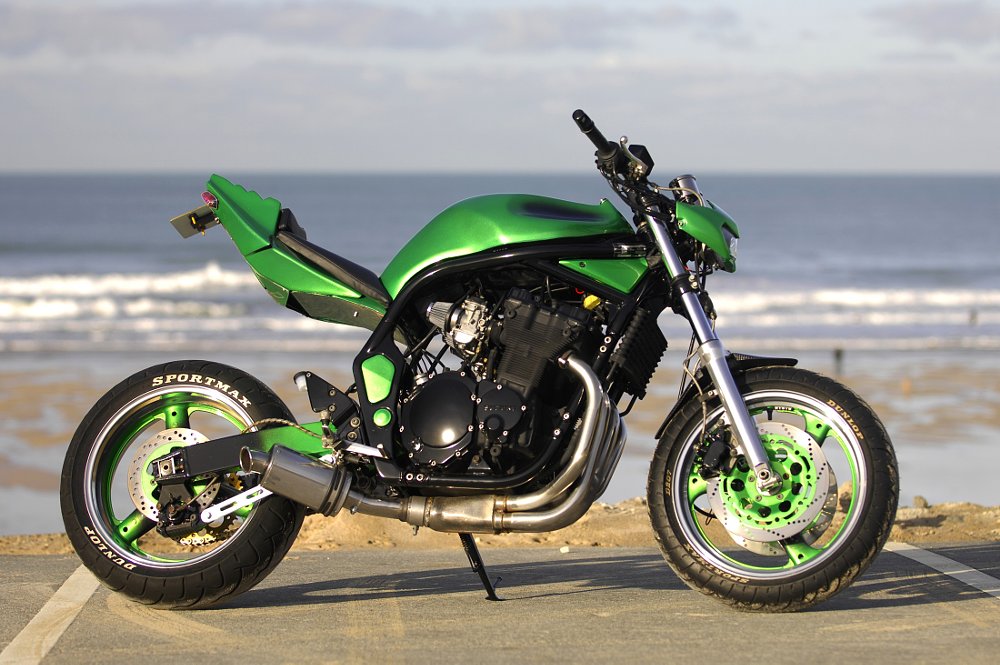
Across Europe, streetfighters developed into a full-on movement by the early 1990s with German builders leading the way with increasingly outrageous designs. Often utilizing Suzuki's ubiquitous Bandit 1200 as a base, the tire-smoking specials became a constant presence everywhere from custom shows to track days. And as Europe's vehicle safety regulations and emissions tests became ever stricter, building and riding a streetfighter became even more of a statement of rebellion.
Aftermarket chassis designers Spondon, Harris, and Martek led the way with gorgeous, hand-welded aluminum chassis kits that could make any rider with a donor engine and a decent set of wrenches into a Backstreet Hero. That label, often used to describe streetfighter riders, became the title of a glossy British magazine dedicated to the genre, bested only by Streetfighters magazine a few years later.
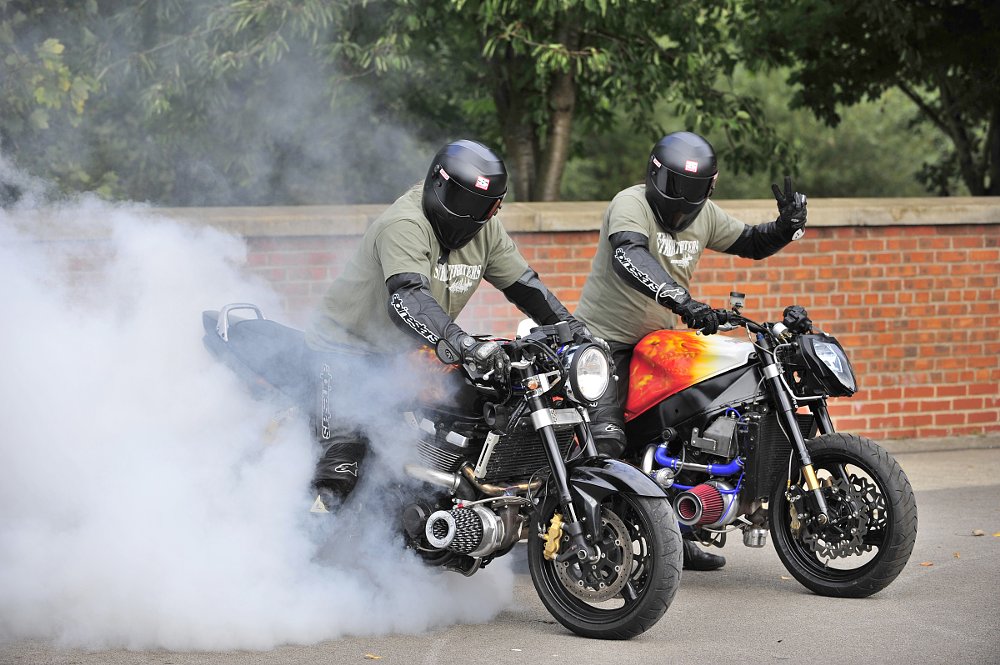
"The streetfighter is the modern descendant of the original ton-up café racer, right down to the way they're constructed from bits and bobs of crashed bikes," observed Mark Wilsmore, manager of London's fabled Ace Cafe. "They're about as antisocial as motorbikes can get and the riders adopted a quasi-military garb just as the original ton-up boys had done by riding in military surplus leather jackets, pilot's goggles and silk flying scarves. Only the streetfighter crowd wore nylon bomber jackets and Cobra attack helicopter pilot helmets from the 1980s. There’s so many similarities."
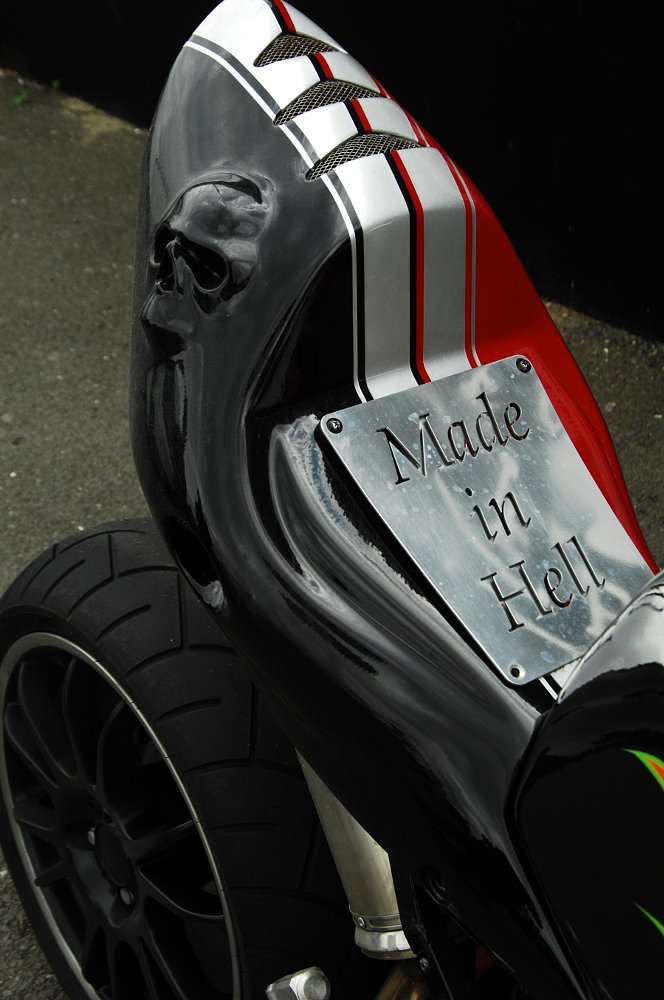
Born of necessity — and a desire to keep one's insurance rates manageable — the streetfighter proves how resilient, defiant and marketable custom motorcycles will always be.









